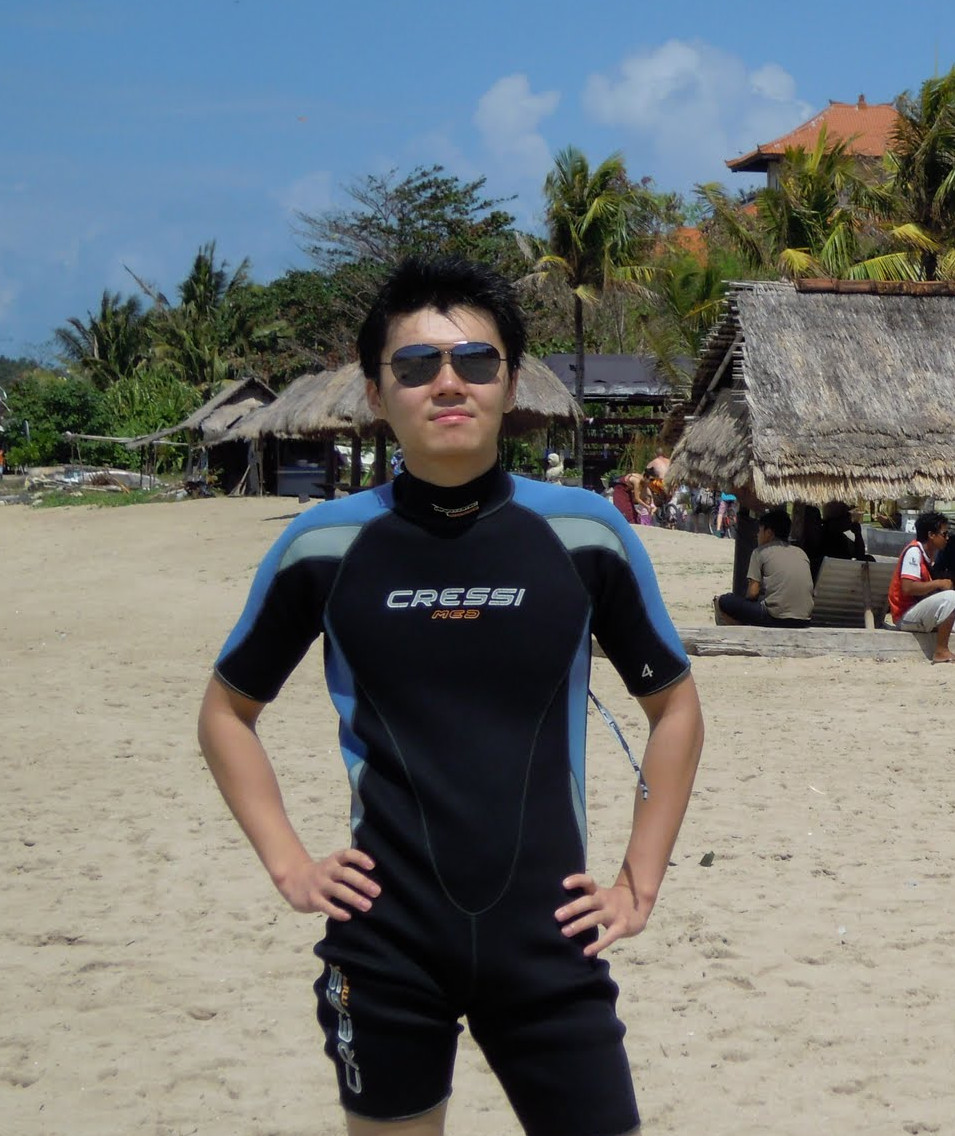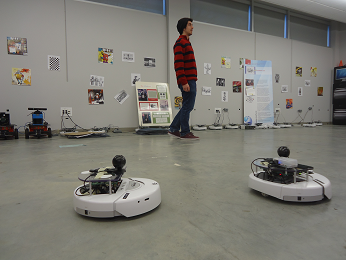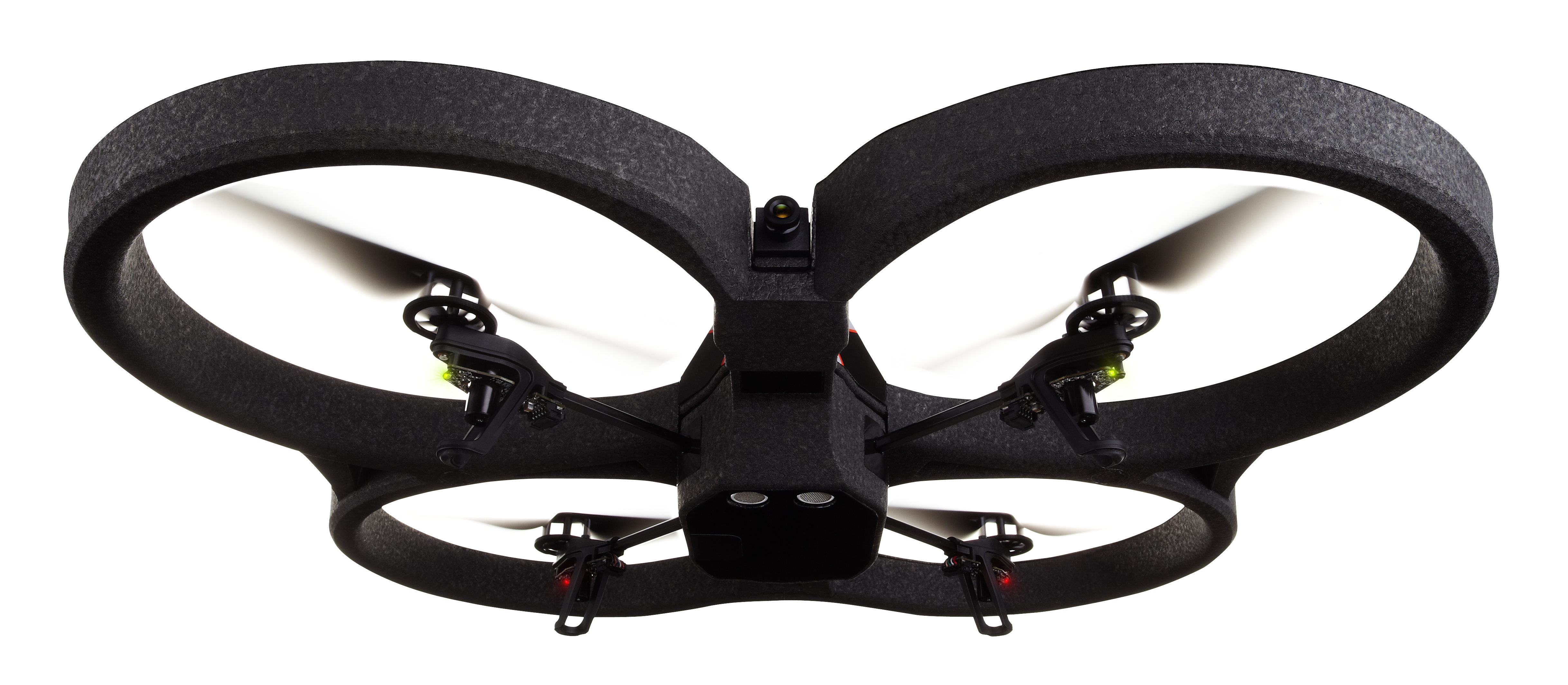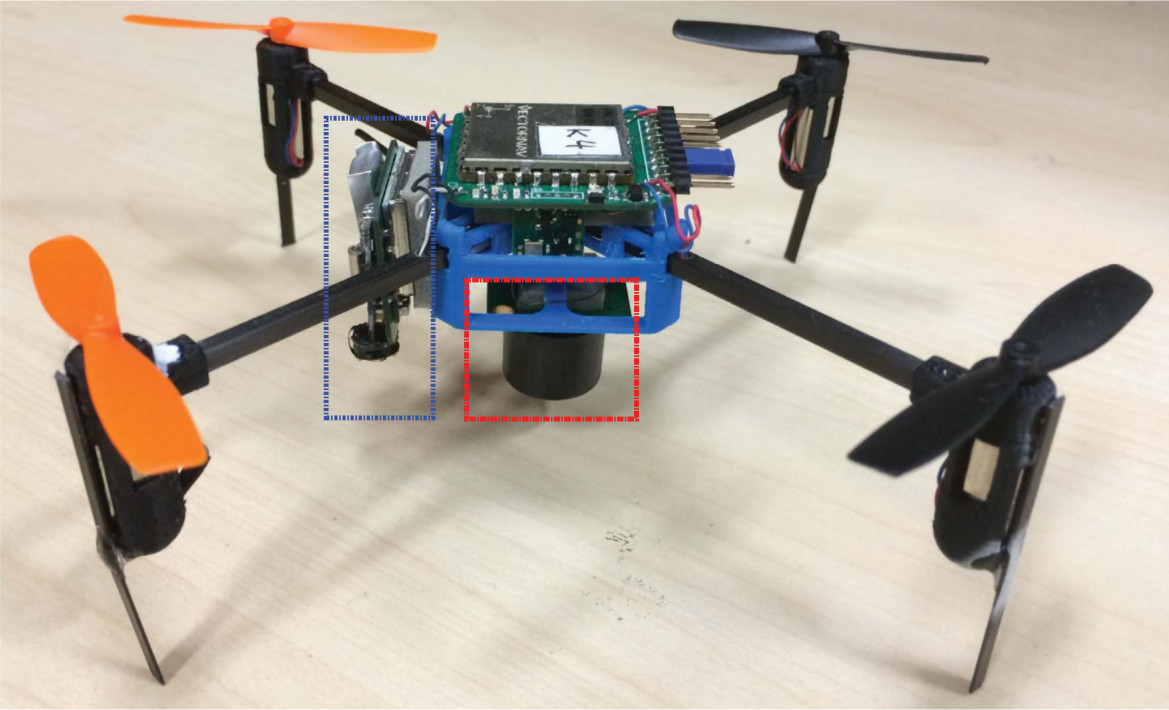
HUANG Rui 黄睿
Ph.D
Simon Fraser University
British Columbia
Canada
Address:
GrUVi Lab, TASC Building 8004
School of Computing Science,
Simon Fraser University
8888 University Drive
Burnaby, B.C. V5A 1S6, Canada
Email:
huangrui815@gmail.com




